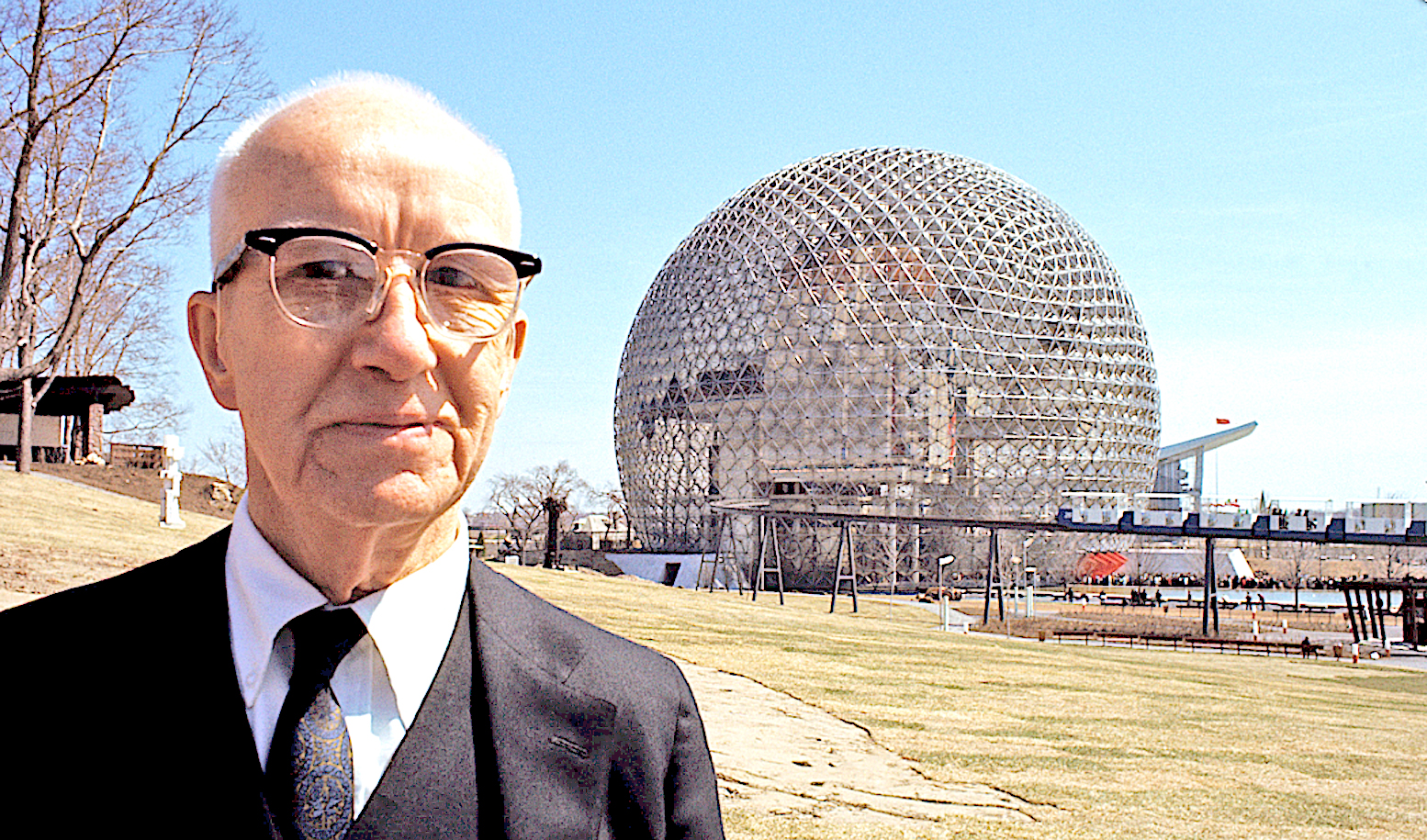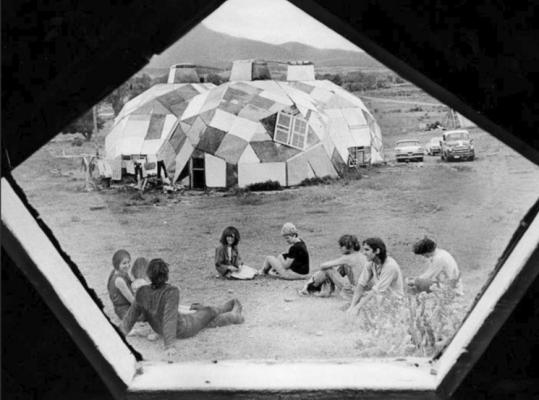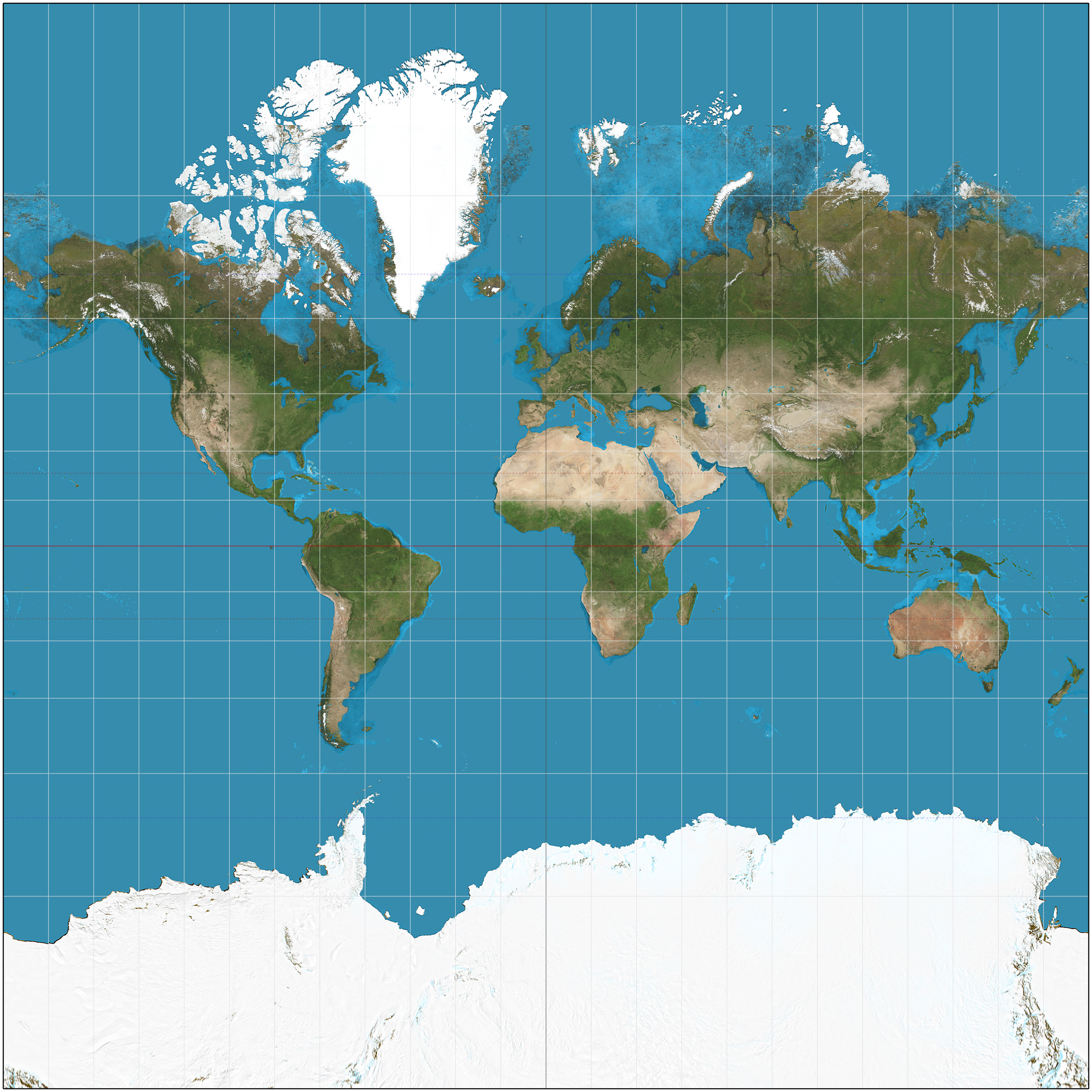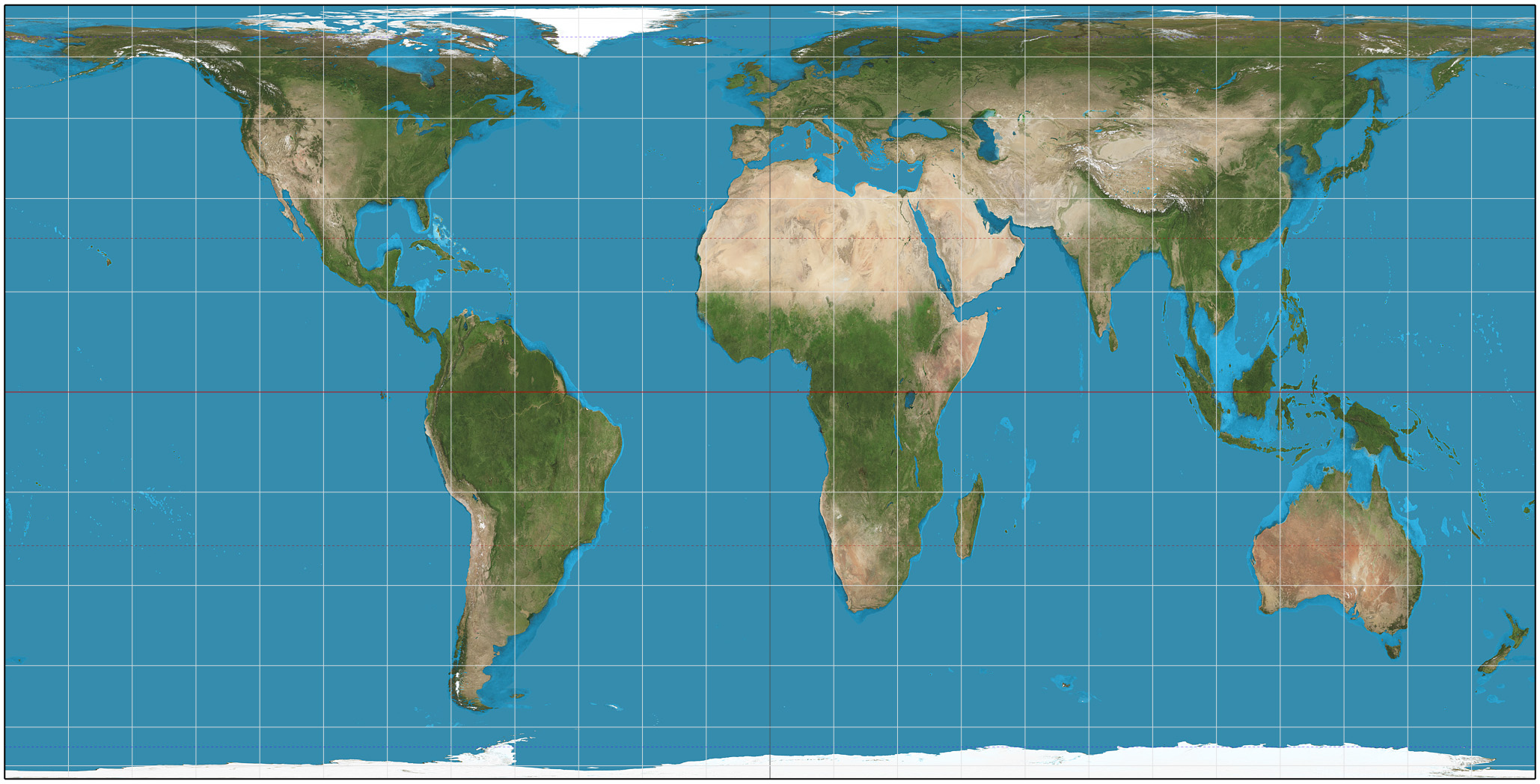A Tribute Page

Introduction
Buckminster Fuller (July 12, 1985 - July 1,1983) was an internationally recognised visionary American architect, systems theorist, author, designer, inventor, philosopher, critic of work, and futurist. Fuller developed numerous futuristic inventions, including:
- The Dymaxion prototype car
- The widely known geodesic dome
- The Dymaxion house
- The Dymaxion map of the world and World Game
As an author, he published more than 30 books, including "Operating Manual for Spaceship Earth", and coined terms such as "Spaceship Earth", "Dymaxion" (a portmanteau of the words dynamic, maximum, and tension), "synergetics", and "tensegrity". His work was often based around the idea of doing more with less. His concepts were championed by the hippy movement in the USA in the 1960s, with a number of families and artists living in geodesic domes, such as at communes like Drop City, and he became a guru of the design, architecture, and 'alternative' communities.

He influenced the publication of the Whole Earth Catalogue, which was popular among the hippy community. His legacy lives on today, with the Buckminster Fuller Institute continuing to support pioneering work in design science. He has had a fullerene, the Buckminsterfullerene, named after him, and received numerous awards, including the Presidential Medal of Freedom, presented to him in 1983 by then-USA President Ronald Reagan.
Dymaxion Protype Car
The futuristic-looking dymaxion car featured three wheels, and was designed for increased fuel efficiency. Fuller envisaged the Dymaxion car as an "Omni-Medium Transport" that might be used one day to fly, land, and drive. The car could transport up to 11 passengers, reach speeds of up to 90 miles per hour, and ran 30 miles per gallon.

Geodesic Domes
Fuller's geodesic domes have been used as parts of military radar stations, civil buildings, environmental protest camps, and, in the case of the Montreal Biosphère, now a museum dedicated to the environment. The latter is housed in the former United States pavilion constructed for Expo 67, and contained a train system which would guide people through the structure (which can be seen clearly in the photo at the top of this page). However, a fire in 1976 burnt down much of the building's transparent acrylic bubble (though the hard steel truss structure survived), and it would remain closed for years. It finally opened as an environmental museum, though without the original train system. A geodesic dome is a hemispherical thin-shell structure based on a geodesic polyhedron. The triangular elements of the dome are structurally rigid and distribute the structural stress throughout the structure, making geodesic domes able to withstand very heavy loads for their size. Fuller discovered that if a spherical structure was created from triangles, it would have unparalleled strength. Fuller envisaged a giant geodesic dome encasing a part of Manhattan, New York City, and created the image below to demonstrate his vision. The idea was never taken up by the New York City authorities at the time, but with climate change leading to cities heating, perhaps one day city authorities will have no choice.


The Dymaxion House
Built in 1945, the Dymaxion House was Fuller's solution to the need for a mass-produced, affordable, easily transportable and environmentally efficient house. The house used tension suspension from a central vertical stainless-steel strut on a single foundation, and was heated and cooled by natural means due to its round shape. The roof was supported by spokes, similar to a bicycle wheel, hanging from it, while beams radiating out supported the floor. The roof, ceiling, and floor were formed from sheet metal aluminium. It could be shipped worldwide in its own metal tube.

Dymaxion Map of the World
Fuller designed the 'Dymaxion map', or 'Fuller map', of the world. This map was intended to be projected
onto an icosahedron, so that it could show an approximation of the Earth as a three-dimensional object
(though it could be unfolded and flattened to a conventional two-dimensional map).

Fuller claimed that the map had an advantage of the established Mercator projection on a flat surface, in that there was less distortion of relative size of areas. For example, in the Mercator projection, the further away from the equator a country is, the larger it is represented. Thus, as you can see in the Mercator projection below, Greenland, Canada, Russia, and Antarctica, while still large landmasses, are shown as disproportionately large compared to countries near the Equator, when taking into account their real landmass (Greenland appears as three times larger than its actual geographical size). By contrast, the Fuller map, especially as a non-gnomonic projection, addressed this discrepancy somewhat.

Apart from Fuller's Dymaxion map, the Hobo-Dyer equal-area projection map also addresses the North-South (and East-West) distortion, but using a two-dimensions standard map, which clarifies the real size of countries. As you can see from the Hobo-Dyer map below, the map of the world now looks very different, with Africa in particular vastly bigger.

World Game
The World Game (sometimes called the World Peace Game) was an educational simulation developed by Fuller in 1961 that was designed to help create solutions to problems such as overpopulation and uneven global distribution of wealth and resources. Utilising Fuller's map, the game required a group of players to cooperatively solve a set of metaphorical scenarios with a holistic "total world" view.
